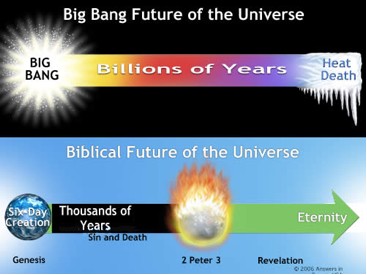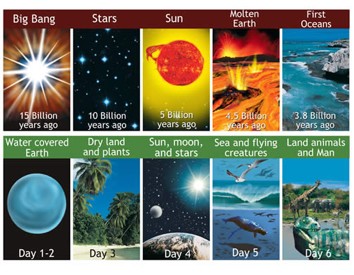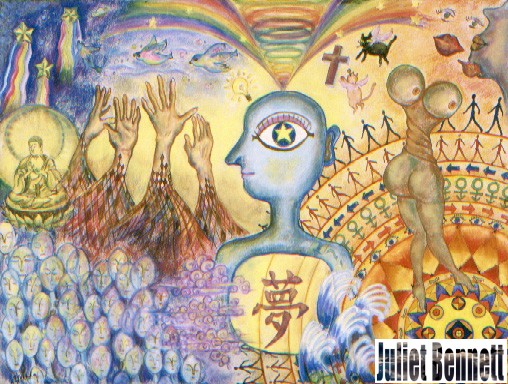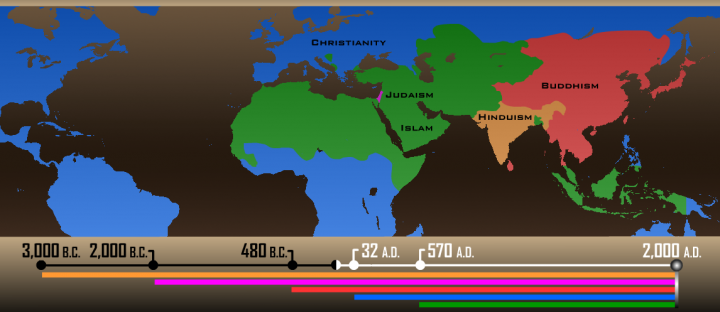Come with me on a journey through time and space… the mighty booooooshhhh! (If you haven’t seen The Mighty Boosh, do yourself a favour – watch it!)
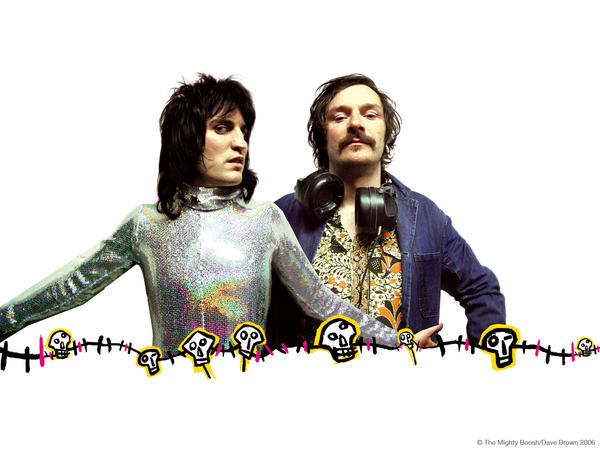
Searching for a Postmodern Grand-narrative….
I deferred this semester’s uni in hope of getting a scholarship to support a research project starting mid-year. Although officially I’m not a student I’m still going to uni twice a week (only an hour each day) to attend the lectures of an undergrad subject – An Introduction to World History. This subject is more than World History – it covers the history of the universe, or “BIG HISTORY” as it has been termed.
As always, there’s a little story behind this…
A couple of years ago, before I went back to uni, I discovered H.G. Wells wrote a book called The Outline of History published back in 1920. (And available for free online HERE) Why didn’t I know about this book? Why didn’t everyone learn history in one nice (even if long) interesting narrative?
One of the first subjects I did back at uni was Historiography – a fascinating look at the different ways we have reported history, throughout history. I discovered the answer to my question:
H.G. Wells wrote during the period of Modernity, a time where people believed that science could provide all the answers. A time where people believed religion was no longer necessary and through a grand-narrative of history and science we could discover our place in the world, and move toward a place of unity. And then came World War Two and the cookie crumbled.
Grand-narratives were rejected and the period of Postmodernity arrived. Postmodernity is a time ‘post-war, post-holocaust, post-colonial, post-gender, post-history, and, most important for the cultural critic’s enterprise, post-‘master narrative.’ [1]
History itself was almost rejected due to it’s bias to one-sided perspectives, political motivations, propaganda, faming of heroes, demonization of oppositions, and recording of themselves as drivers of history. Absolute truth does not exist. Objectivity is impossible.
Derrida says ‘the persistent search for a centre, a fundamental ground’, maintains a given structure in a ‘false state of immobility, of finality, of fixed truth.’ We should conceive structures without a centre, so we can see they are ‘open to interpretation without end, unconfined, unreduced, unfinalized, not continuous, not linear, where truth is never arrived at, is always involved in a play of differences that keep deferring its arrival, its full presence.’ [2]
My generation was born into this confusing mixture of rejection of grand-narratives, which for me was extra confusing when combined with a religious grand-narrative that had not quite been thought through… While one text book said that Australian Aborigines had lived here for over 30,000 years, our bible classes told us Adam and Eve lived around 6,000 years ago and that they were the first humans on earth. Okay….????
Then there’s Ancient Egypt and Ancient Sumeria – what child cares about ancient civilisations that appear not the least bit significant to their life? If History, Geography, and Science are taught as disjointed from each other, and taught in a way that puts you to sleep, what’s the point of school?
In hindsight I believe schools need to teach these subjects in connection to some form of grand-narrative, even if it’s a tentative one with known gaps, but something to engage with, to gain perspective of where each piece of knowledge fits into time and space, and most importantly, how this relates to my life today.
The subject I am studying this semester at uni is doing just that – providing an overview of all the essential details that compile to tell me who I am and what process I am a part of. Oh yeah, back to my story… how met the lecturer.
Somehow in looking for more recent historical works along the same line as H.G. Wells, I came a across a book called Maps of Time by Professor David Christian from the US. I ordered it on Amazon and after reading it I sent him an email telling him how much I enjoyed it. Incredibly he wrote back telling me he was in fact working on and off at Macquarie University in Sydney! Two years later and here I am, attending his lectures, and with him as an associate supervisor of my pending research project.
What is this research project, you ask? I’m asking myself the same question. I know it’s about narratives of identity and peace. I also think it’s about bridging the gap between science and religion through the narratives we tell. It’s also about panentheism and process theology and the philosophy of science and big history… argh!!! Lucky I have time to narrow the scope… somehow I know all these factors align.
Anyway, I’ll be sharing the journey on here. To begin with I’ll be sharing what I learn at these ultra-interesting lectures on super-novas and the beginnings of life on earth and milestones and paradigm shifts throughout our history.
To give you a quick overview of where we are going, check out this AWESOME little picture of world history in a flash bang 7 minutes!
http://worldhistoryforusall.sdsu.edu/movies/flash_large.php
Then buckle your seat belts and get ready to (over the next few years)… journey with me through time and space…!!!
References:
[1] Toulmin, S.E., Return to reason. 2001, Cambridge, Mass. ; London: Harvard University Press. p.1-5.
[2] Derrida, J., Structure, Sign and Play in the Discourse of the Human Sciences. in Hutcheon, Linda and Natoli, Joseph P. A Postmodern reader 1993, Albany: State University of New York Press. p.224.

